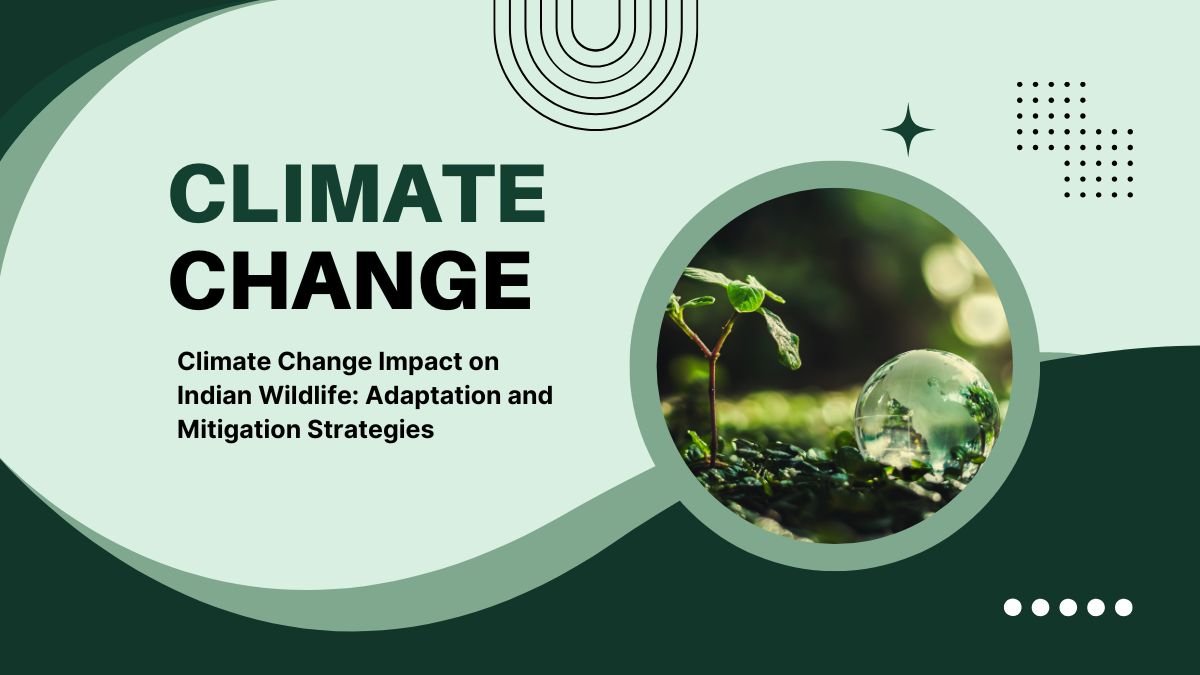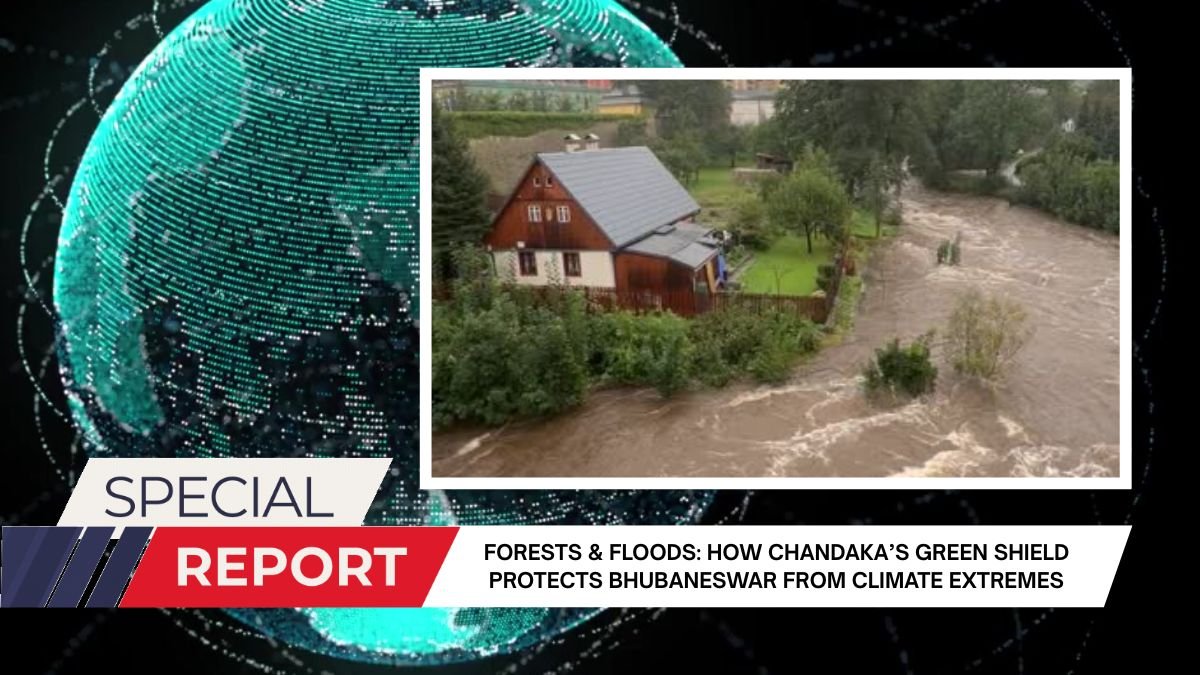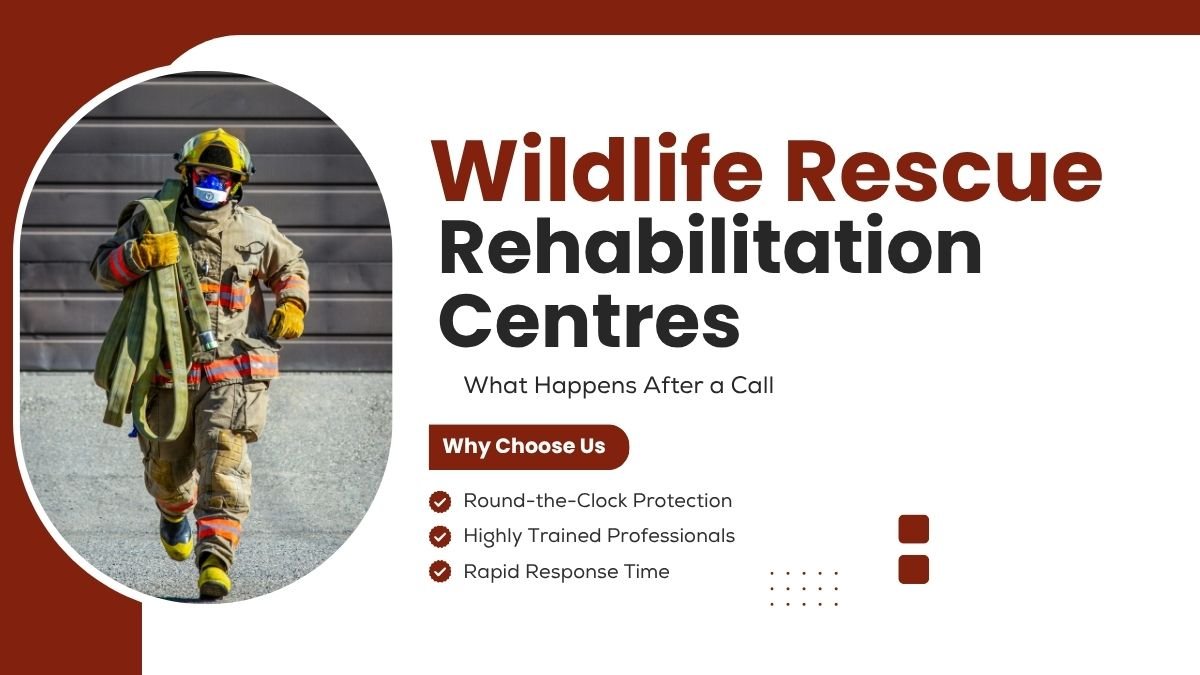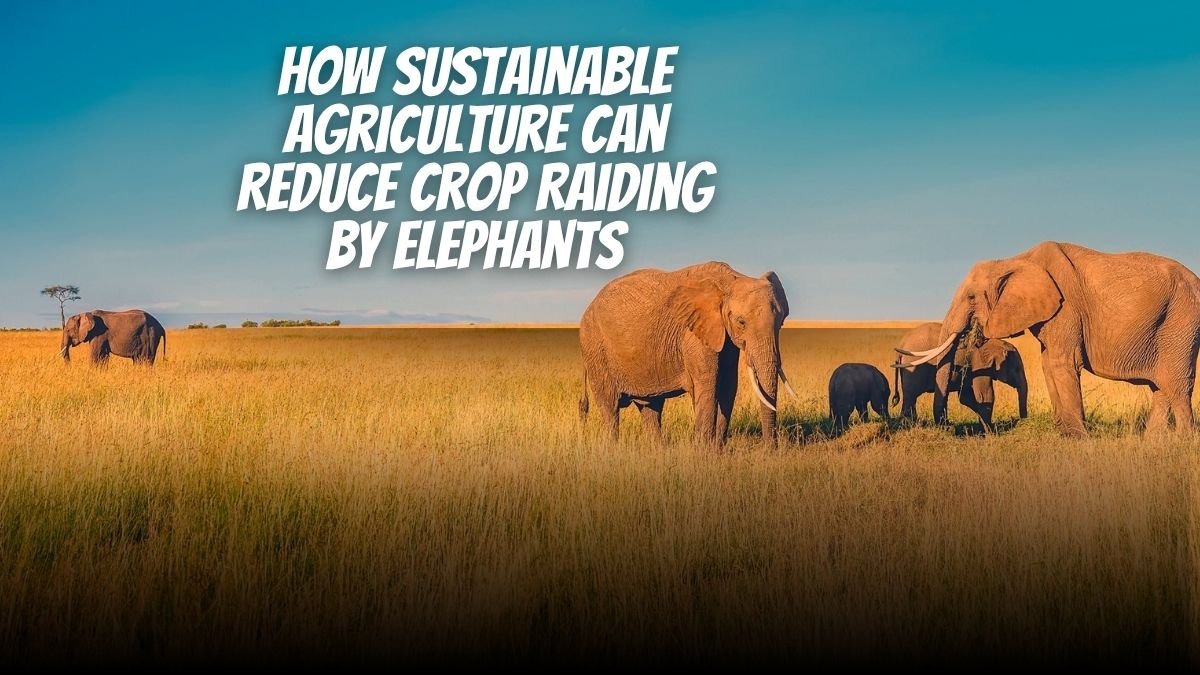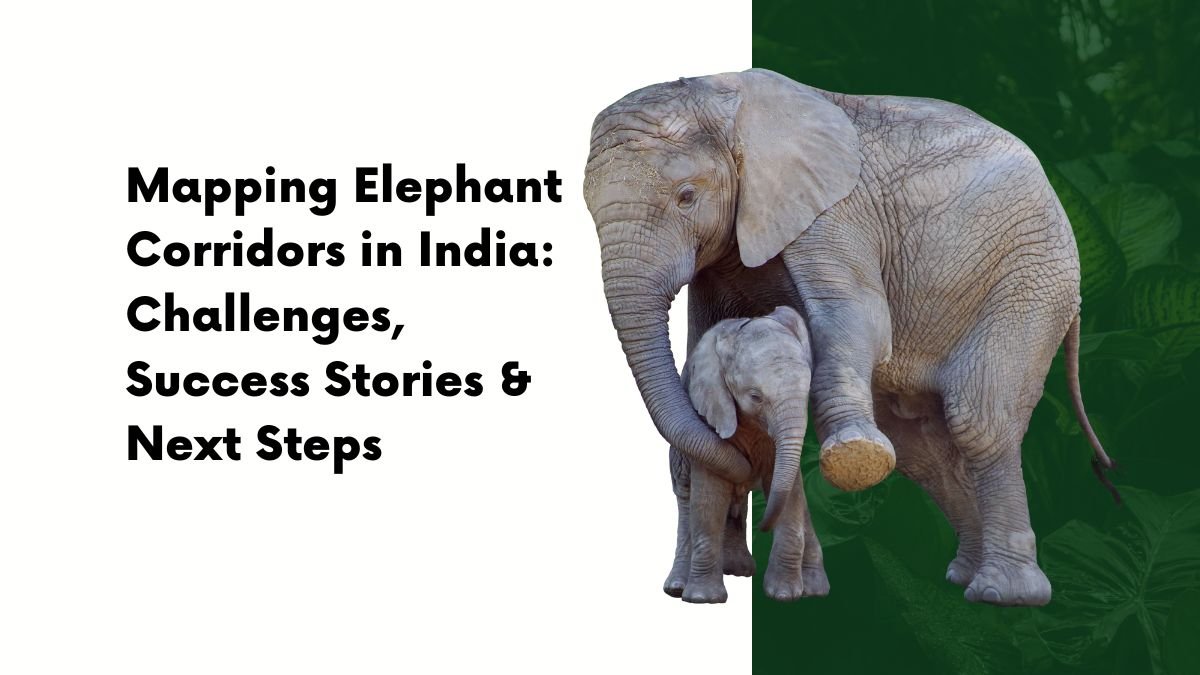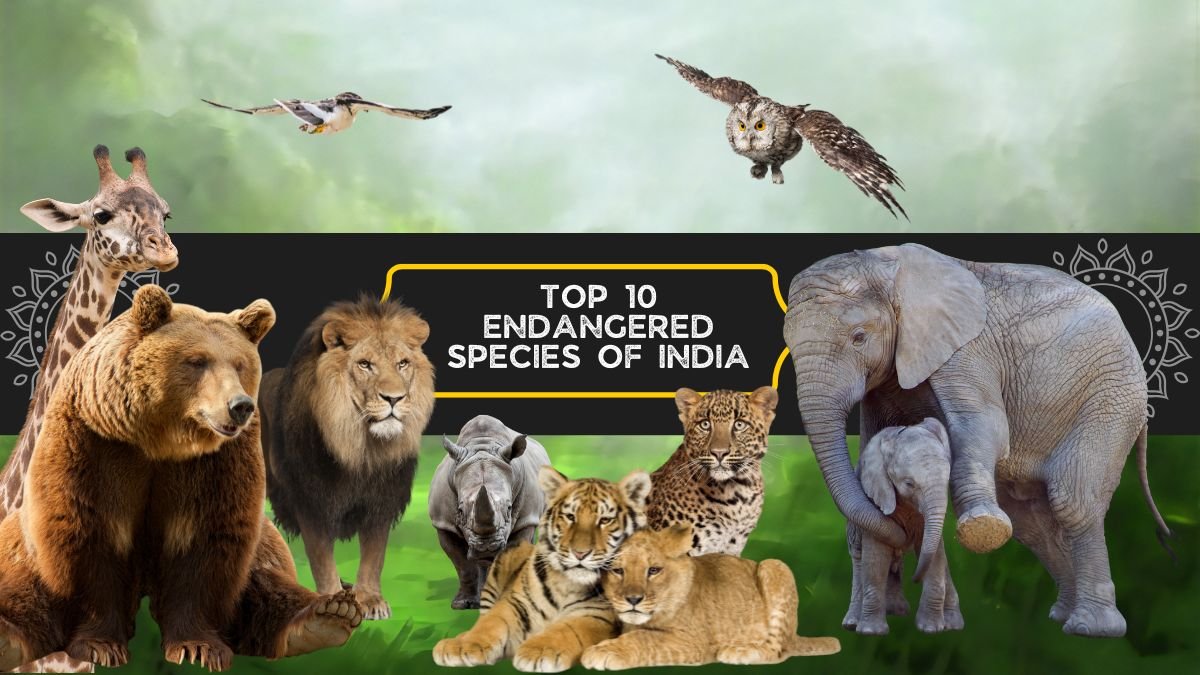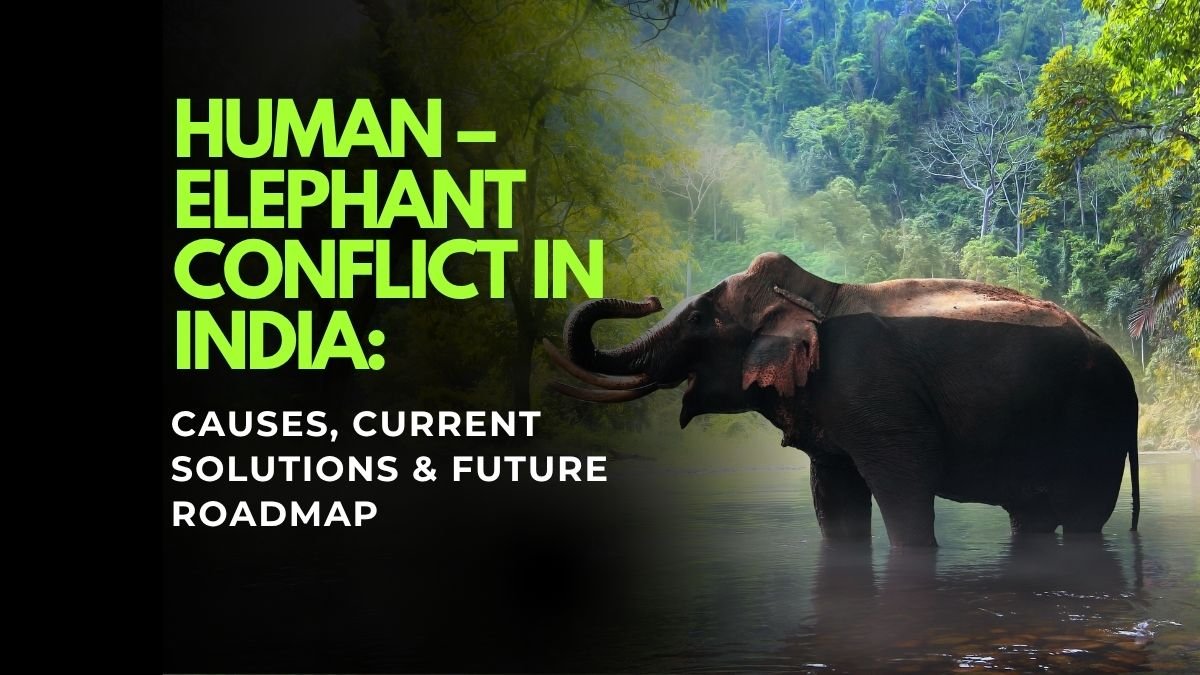Climate Change and Wildlife in India: Challenges, Adaptation and Solutions
Really, a cool green forest where one imagines a beautiful picture-tenderly chirping birds and soft winds. Suddenly, out comes that deer from behind those dense bushes. On the contrary, imagine a foreboding transforming the forest that slowly but most surely dries it up; where weather patterns change in time for the rainy season and heat increases; what will happen to the inhabitants of the forest? Indeed, the threats of climate change loom large.
In a country richly endowed in biodiversity, climate change has much more implications than rising temperatures-our forests, rivers, birds, animals, and ecosystems are deep in these throes. If solutions are not found in time, many of these species will soon be mere footnotes in history.
Let us understand this topic in detail.
How is Indian wildlife being affected?
- Loss of natural habitatWoods start to dry; rivers become noticeably skinnier due to less rainfall. Part of the lost habitat for rich animal life resulted this.By way of example: Rising sea levels in the mangrove forests of Sundarbans are reducing the area of the Bengal Tiger.In central India, elephants have long distances to travel for water which ultimately increases human-elephant conflict.
- Movement of speciesMany animals and birds are now moving away from their traditional places to colder places. But this disturbs the ecological balance.Example:
- Some Himalayan birds are now moving to higher areas.
- Possible problems or conflicts would arise with the fishing industry if such a migration of fish were to continue.
- Threat to biodiversityNatural calamities are floods, droughts, heat waves and cyclones as they are now increased effects of climate change upon our lives. Disasters like these at untimely occasions disturb the complete ecosystem.Example: Rare plant and insect species are becoming extinct in hotspot areas like the Western Ghats and the Himalayas.
What we can do: Adaptation strategies
Now the question arises that when change is already happening, how can animals adapt and how can we help them?
- Expand and strengthen protected areasNational parks, tiger projects, bird sanctuaries – the management and expansion of all these is very important so that animals get a safe place.Example: The number of rhinos in ‘Kaziranga National Park’ has increased because it was protected in time.
- Creating wildlife corridorsSafe routes should be created for animals so that they can change their habitat without any danger.Example: A corridor has been created for tigers between Pench and Kanha in Madhya Pradesh so that they can move without clashing with humans.
- Involve the local communityIf the people whose lives are connected to the forests are involved in conservation, then the efforts will be more successful.Example: Villagers of ‘Joypur forest’ in West Bengal united and campaigned to stop hunting and now the number of birds there has doubled.
Ways to tackle climate change: Solution strategies
Only adaptation is not enough, we also have to fix the root of the problem i.e. reduce global warming and pollution.
- Restoration of natural ecologyWhere forests have been destroyed, replant trees, create ponds and restore biodiversity.Example: In ‘Kutch region of Gujarat’, saline land has been cleared to create green forests where migratory birds now come.
- Promoting sustainable agriculture and forestryWhen farmers do organic farming instead of chemical fertilizers and do not cut down forests, the animals can save their home.Example: In Maharashtra, farmers are being encouraged to use millet and indigenous seeds.
- Policies and lawsThe government has to make and implement laws that can protect wildlife and their environment from climate change.For example: India’s ‘National Action Plan on Climate Change’ has now started giving priority to biodiversity as well.
🧩 What challenges are faced?
- Lack of money and resourcesOften small projects do not get adequate funding, due to which good efforts remain incomplete.
- Lack of informationMany species are still away from the eyes of scientists. Due to lack of much research on them, it is difficult to formulate a strategy.
Way forward: Responsibility of all of us
Today there is a need for collective responsibility. Government, scientists, farmers, students, NGOs and the general public – everyone has to work together.
Some simple steps that you and I can take:
- Plant a tree in your home or school.
- Watch documentaries on animals and make your friends aware too.
- Join a local conservation campaign.
- Reduce plastic use and save electricity and water.
Conclusion: Nature is incomplete without wildlife
If we still love the roar of the tiger, the dance of the peacock and the ducks swimming in the lakes — then we must take concrete steps to stop climate change. Our silence today can become a disaster tomorrow.
Let us all together make this earth a safe, beautiful and prosperous place again — for wildlife and for ourselves.
